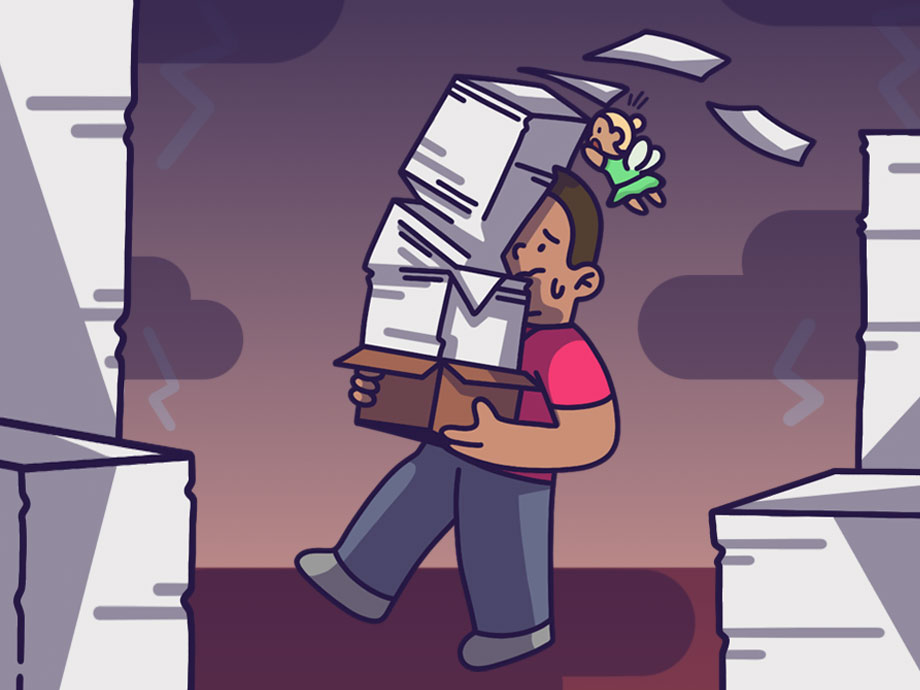Budgeting | Personal Finance | Article
The Way to Track Your Expenses Without Failing
by The Simple Sum | 24 Jun 2021 | 4 mins read

If you fail to plan, you plan to fail, and this applies to our budgets too.
And part of this plan has to include tracking your expenses. You could set up a financially great looking budget, but it all comes to nothing if you fail to keep to it.
The most effective way to see if you are on track — log down your expenses so you know if you are keeping to your plans or you are completely off-course.
It’s not as difficult these days as there are many expense tracking apps out there in your Apple or Google Play store. And while they sure are handy, nothing beats doing it the old school way, with pen and paper.
Go Back to Pen and Paper
Why pen and paper? Well, won’t fail you, the way that technology sometimes does, though you will have to put it down diligently that you’ve just spent $5 on lunch today.
But more than just that, the act of writing your expenses means that every dollar, every cent, even for the smallest expenses, will not go unnoticed as you’ve forced yourself to consciously register your expenditure. And you’ll get a really close look at where every cent you have is going.

Unlocking the Power of Pen and Paper
It’s of course not just about tracking expenses to lead to personal finance success, you’ll have to incorporate a few more habits to fully unleash the magic of putting your expenses to paper diligently.
(1) Set concrete goals
In order to pull it off, one needs a concrete savings goal to remain motivated and disciplined. After all, to track your expenses via pen and paper is an exercise in itself, and requires attention every single day.
So there needs to be a good reason why you’re doing this, whether it’s wanting to save a certain dollar amount or wanting to identify your spending patterns before you optimise them. After all, knowing how much you need is a bedrock of all future financial planning! From figuring out how much you need in emergency funds, to how much you need to retire!
(2) Hold regular audits
Just writing down every little thing you’ve purchased isn’t enough. In order to make the most out of this tedious new habit – set a money day for yourself to review your expenses. If you’ve got bad spending habits, a weekly or bi-weekly audit could be good for you. If not, monthly audits are just as useful. It allows you to reflect on where your money went and why. Any bad habits can be consistently worked on.
(3) Plan monthly expenses in advance
To optimise the whole process, project or forecast your expenses for the coming month. Sometimes we forget birthdays or weddings and are blindsided by the sudden need to buy a gift or pack a hefty ang bao. That can easily put a hole in our budget, leaving us to come up short near the end of the month. Take stock of what’s coming up, and write down how much you think you’ll spend — think about it, all these events are known in advance, from weddings RSVPs, to birthdays and festivities, so there is really no reason to be blind-sided by such costs.
(4) Use a lightweight notebook
Using the pen and paper method means that you need to be tracking and logging your expenses every single day, no matter where you go. Carrying a bulky notebook may not be the best idea in this case, since it adds to the weight of your bag. Consider a lighter notebook, so you won’t feel too overburdened by it.
Who said pen and paper was obsolete? Not if you’re trying to track your expenses. While it may still be the most tedious method out there, it’s by far still the most accurate way to log down your spending on a monthly basis. For someone who isn’t in touch with their own spending habits, this is a great way to finally get started.













